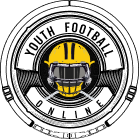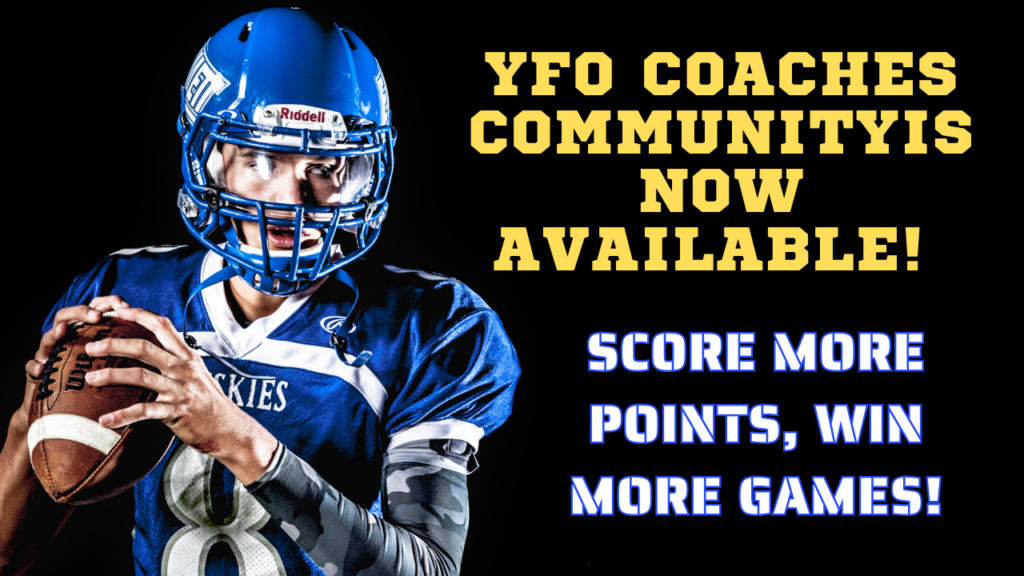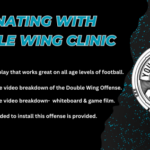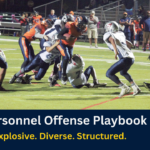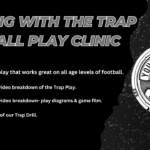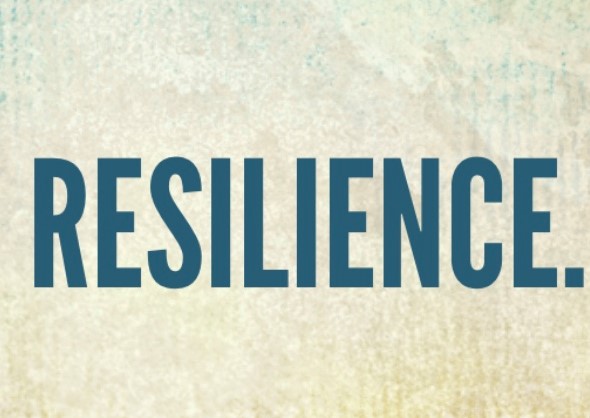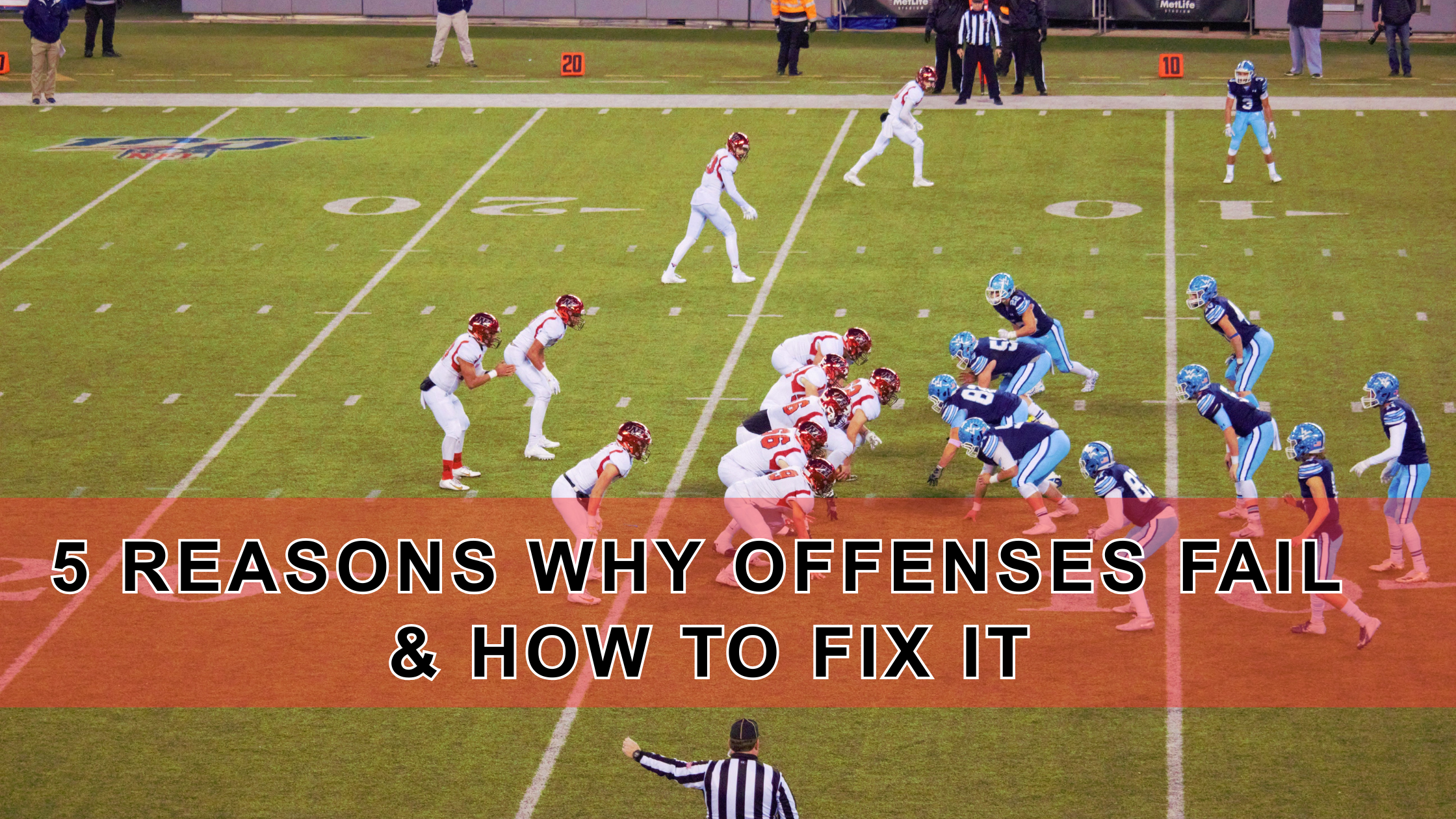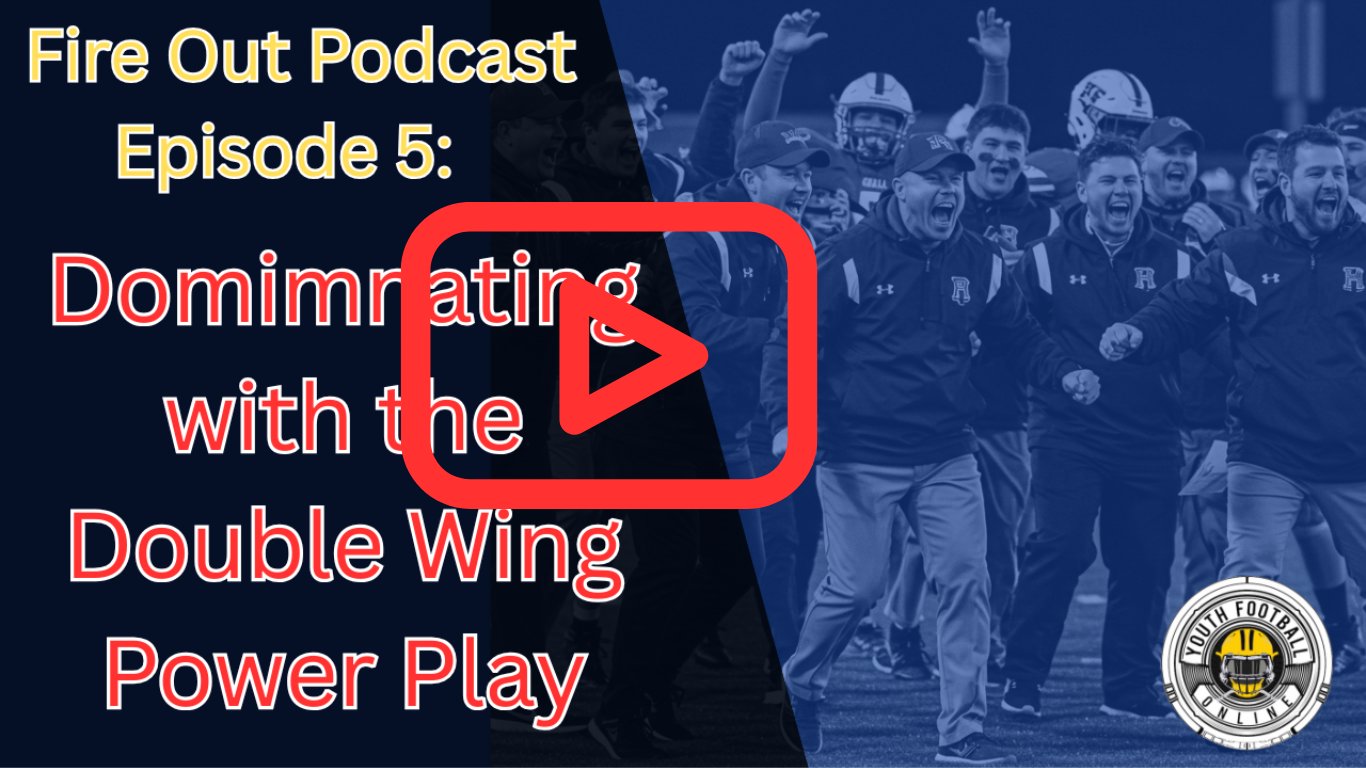Making the Strip Drill Applicable to All Positions
One of the key determiners on who will win a game is the turnover count. By creating turnovers a defense can give the offense an extra possession and flip field position. While there are a variety of different ways to create turnovers the most common type of turnover is a fumble. The strip drill is by far the most effective way to increase your team’s focus on creating turnovers. The unique part of how we do the strip drill is that we will change the dynamics of the drill so that it is applicable to each position group. This lets them have more effective and meaningful reps that they can translate to the game.
Making the Strip Drill Applicable to All Positions
The heart of the strip drill is that the defender is going to try to pry the ball away from the offensive player. This will stay the same regardless of the position group doing the drill. The other thing that has to be emphasized is that they must secure the tackle before going for the strip. Many times defenders will sell out trying to get the strip and allow the runner to break the tackle and gain more yards. It must be clear to the players that they only go for the strip once the tackle is guaranteed.
Defensive Line
The first strip drill is for the Defensive line. In this drill the linemen will execute a pass rush move on a coach or player. After they complete their pass rush they will come to a coach or player positioned like a quarterback looking down the field. The position of the quarterback can vary depending on the skill you are working on.
The most common way is for the quarterback to be in the wind up portion of his throw. For this the lineman must chop aggressively downward with the arm that is closest to the ball while wrapping up and taking down the quarterback with the other arm. It is critical that the lineman takes the QB to the ground. By taking him to the ground he will not be able to recover and the offense will have to rely on offensive linemen to recover the ball. Many times the linemen aren’t looking at the ball which gives the defense a huge advantage.
The other scenario to work with the Defensive line is when the QB has not started the process of throwing the ball. Here the QB is holding the ball in front of his chest with both hands. In this scenario the lineman should come over the throwing shoulder and chop down and away from the QB’s body. The goal of this is to not only get the ball out and deeper in the pocket where the defenders have a better chance of recovering it. Again the lineman must make sure he secures the tackle with the hand that is not chopping.
Linebackers
The strip drill for the linebackers can take a variety of different forms but the majority of times it will not be in a pass rushing situation. Instead linebackers make the majority of their tackles in a confined space. As a result when they are working on strip drills they will use the stick and strip drill.
In the Stick and Strip drill there will have a ball carrier running at the linebacker. Once they fit up on the tackle they will look to get a hold of the tip of the ball and rip it back towards them. The important part of this drill is that the linebackers keep their feet moving through contact and while ripping for the ball. By keeping their feet moving they will continue to drive the ball carrier backwards and allow more defenders to join in on the tackle.
An important note on this drill is to make sure to use a progression. The best way to introduce the drill is when the defender is already fit up on the ball carrier in a heads up tackling position. As they begin to master the leg drive and rip from a fit up position slowly start moving them out of the fit up so they can work on making the tackle while getting the strip. Another important thing is to never run this drill full speed. By running the drill full speed technique suffers and both players are only focused on running the opposition over which increases the potential for injury.
Defensive Backs
Defensive Backs going for a strip is one of the most dangerous attempts at a turnover. This is because they make the majority of their tackles in open space where, if the ball carrier breaks free from them, there are no extra defenders to make the tackle. The other part of defensive backs is that they are normally the second man to the tackle on most run plays. So instead of working on a Stick and Strip they will practice the Second Man Strip.
In this drill the ball carrier and the original tackler will be fit up in a tackle with the DB about 5 yards away. The DB’s relationship to the tackle can vary as he will find himself in multiple different situations. As the DB arrives to the tackle he wants to use one arm to secure the tackle while grabbing for the ball with the other arm. Once he reaches the ball or the hand of the ball carrier he should rip outward to try and pry the ball loose. The phrase that we use is to “start the lawn mower.”
There are a few key coaching points with this drill as well. The first is that the second man wants to, if at all possible, join the tackle in a way that will force the runner backwards. This helps eliminate any extra yards. The second one major coaching point is for the second defender to make contact and keep running their legs. By continuing to run their feet they are hopefully pushing the runner back to their own end zone but also opening up the potential for a strip as the ball carrier has to fight harder to gain ground.
These drills are far from the only strip drills but they serve to teach position specific skills for situations that each position group will find themselves in. In the end each of these drills can be used for each position group but the key is to tailor the situation so that it fits what the players will be seeing in the game. The Second Man strip should look a lot different for the DB’s than the Defensive Line so that they can apply it to the game.
(See Also) Football Philosophy – Defense
